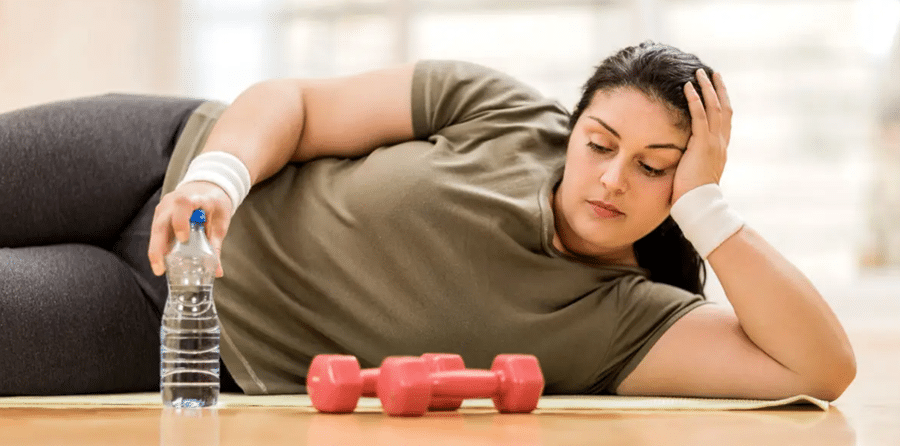Hand-eye coordination serves as a vital skill, influencing both everyday tasks and specialized activities. It intertwines the visual and motor skills, enabling individuals to react swiftly and efficiently to their surroundings. Activities ranging from simple tasks like writing and typing to complex actions in sports and arts are highly reliant on this crucial ability. Developing and enhancing this skill can lead to improved performance, heightened reflexes, and a finer execution of tasks. This article unveils a collection of exercises designed to refine hand-eye coordination, offering readers a pathway to mastery in tasks demanding a synthesis of visual input and motor skills.
Juggling

Juggling has been a timeless activity, not just for its entertaining value, but also as a means to enhance hand-eye coordination. It necessitates precision, timing, and accurate response to the motion of objects in the air. Beginners often start with two or three objects, gradually increasing the count as proficiency develops. The continuity in tossing and catching objects mid-air stimulates both the visual and motor cortex of the brain, enhancing an individual’s ability to anticipate, react, and execute movements with precision.
The nuanced progression in juggling complexity from managing fewer objects to handling more with variations in height and speed enriches adaptability and coordination. A plethora of online tutorials and local workshops are available to guide enthusiasts through the learning curve. The diversity in objects like balls, rings, or clubs introduces a range of difficulty levels, each adding a layer of complexity and skill enhancement. As an easily accessible and low-cost exercise, juggling remains a favored choice for many aiming to sharpen their hand-eye coordination.
Tai Chi
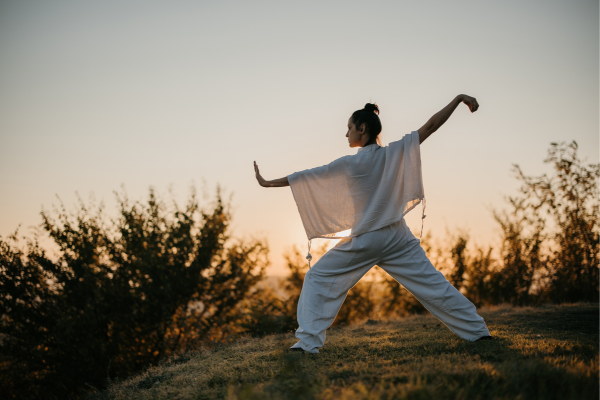
Tai Chi, a form of martial art often recognized for its grace and fluidity, is another treasure trove for individuals aiming to enhance hand-eye coordination. This ancient Chinese practice integrates slow, deliberate movements with breath control and mental concentration. Each movement is a dance between the eyes and hands, where visual cues guide precise motions. The synergy of mind, sight, and movement cultivates not only physical agility but also mental focus and alertness.
In addition to its tranquil, meditative nature, Tai Chi engages multiple muscle groups and joints, promoting holistic physical wellness. Specific routines are dedicated to improving coordination, enhancing the brain’s ability to process visual information, and translate it into coordinated muscular responses. For individuals of all ages, Tai Chi emerges not just as a path to enhanced coordination but also as a journey to holistic wellness, intertwining the physical, mental, and emotional realms.
Dribbling
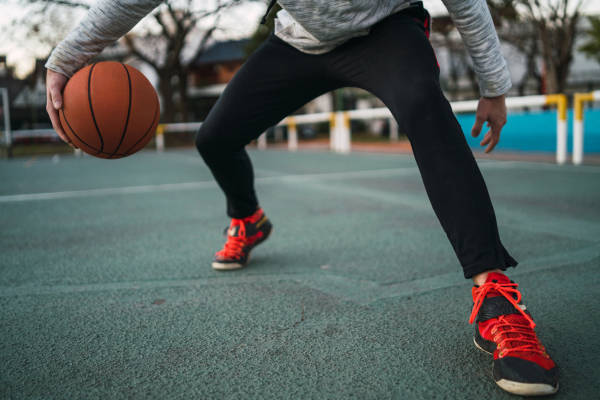
In the realm of sports, dribbling occupies a prominent role in enhancing hand-eye coordination. Whether in basketball, where players navigate the court with swift and precise ball handling, or in soccer, where adept footwork is essential, dribbling serves as a foundational skill. It engages the visual and motor systems intensively, requiring players to process visual information rapidly and translate it into coordinated movements. Each bounce or kick is a test of timing, precision, and spatial awareness, elements central to refined hand-eye coordination.
Practice drills that focus on dribbling under varying levels of pressure and complexity can lead to marked improvements in coordination. For instance, in basketball, navigating through obstacles while maintaining control of the ball or in soccer, maneuvering the ball with precision amidst defenders. These exercises not only heighten coordination but also instill a sense of rhythm and timing, essential attributes in sports and many other disciplines.
Dancing
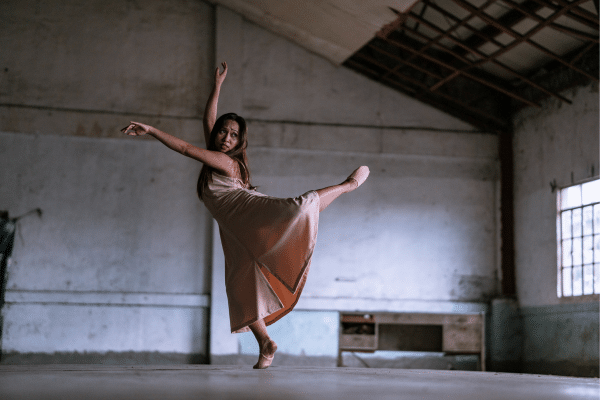
Dancing stands as a celebration of coordinated movement, where visual cues, rhythm, and bodily response merge into an artistic expression. Different dance styles, from ballet to hip-hop, engage hand-eye coordination uniquely. The dancer, whether interpreting the cues of a partner or responding to the intricate patterns of music, engages in a continuous dance of sight and movement. This dynamic interaction fosters an enhanced coordination, agility, and spatial awareness, each performance refining the dancer’s synchrony of vision and motion.
The benefits of dancing extend beyond the aesthetic and artistic. Each practice session, each performance, serves as a rigorous exercise, engaging the eyes, brain, and muscles. The visual-motor connection is honed, each move, spin, and step translating visual and auditory signals into precise, coordinated actions. The adaptive nature of dance, its diversity in form and style, offers a versatile pathway to enhanced hand-eye coordination.
Table Tennis
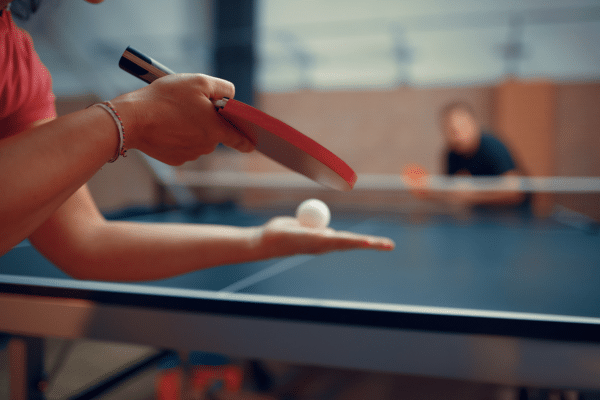
Table tennis is a fast-paced sport that demands quick reflexes and exceptional hand-eye coordination. Players must track the ball’s speed, spin, and trajectory, translating this visual information into precise, swift movements. Each exchange, each rally, is a live canvas where hand-eye coordination is painted vividly, every stroke of the paddle, every maneuver, underlining the integral role of this skill in the sport.
Training in table tennis encompasses specific drills designed to enhance reaction time, precision, and coordination. Strategies such as varying the speed and spin of the ball or engaging in multi-ball training sessions serve to challenge and refine a player’s visual-motor integration. The dynamism and intensity of the game ensure that players are constantly pushed to adapt and respond, fostering an environment where hand-eye coordination is not just enhanced but is also a celebrated aspect of mastery in the sport.
Darts
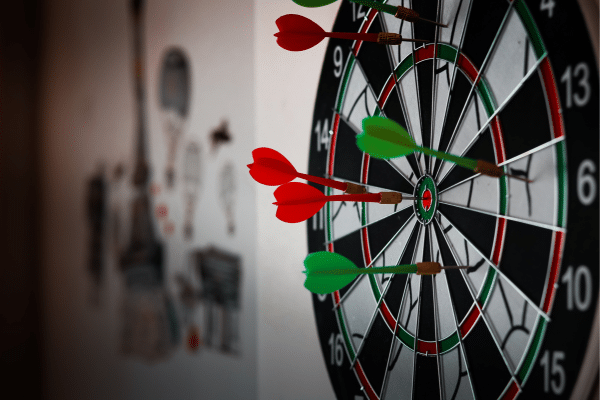
Darts, often associated with leisure and recreation, is a precision sport that can significantly augment hand-eye coordination. The player’s ability to focus on a target while executing a precise throw is paramount. Each throw is a combination of visual focus, muscular control, and mental concentration. The eyes lock onto a target, the brain processes this visual data, and the body responds, releasing the dart with calculated force and direction.
Techniques and strategies for improving accuracy in darts are abundant. Repetitive practice plays a crucial role in enhancing the precision of throws. Variations in distance and target size can add layers of complexity, requiring players to adapt, adjust, and refine their coordination skills. In the quiet focus and the calculated throw of darts, individuals find an accessible and engaging means to enhance hand-eye coordination.
Archery
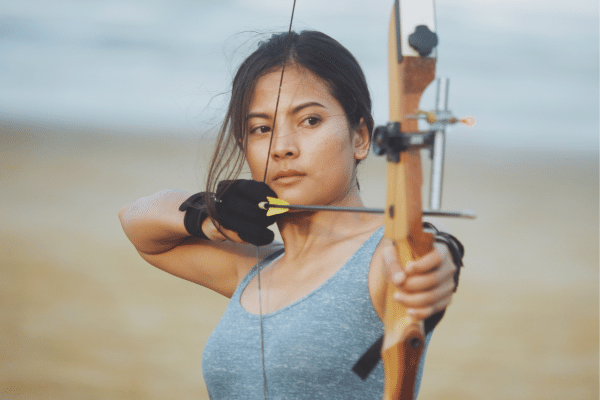
Archery, an ancient practice turned modern sport, stands as a testament to the pinnacle of hand-eye coordination. Each arrow released towards a distant target is a culmination of focus, precision, and control. Archers must balance strength and finesse, their eyes guiding each shot with an unwavering focus, while their hands and body respond with calculated movements to ensure accuracy and consistency.
Professional and amateur archers alike engage in rigorous training regimes to hone their skills. Drills that focus on aim, release, and posture are common, each session a dance of the eyes, mind, and muscles. Archery’s rooted history and its evolution into contemporary sport underscores its enduring relevance, not just as a competitive pursuit but also as a pathway to enhanced hand-eye coordination.
The Bottom Line
Enhancing hand-eye coordination is a journey of integrating sight and movement, a skill beneficial in various fields, from sports to everyday tasks. The outlined exercises, each unique, offer pathways to refine this integral skill. Juggling, tai chi, dribbling, dancing, table tennis, darts, and archery are not just recreational activities but also effective tools for skill enhancement. Commitment to regular practice promises not just improved coordination but also a heightened awareness, agility, and precision, enriching both professional pursuits and daily life with amplified efficiency and skill.


